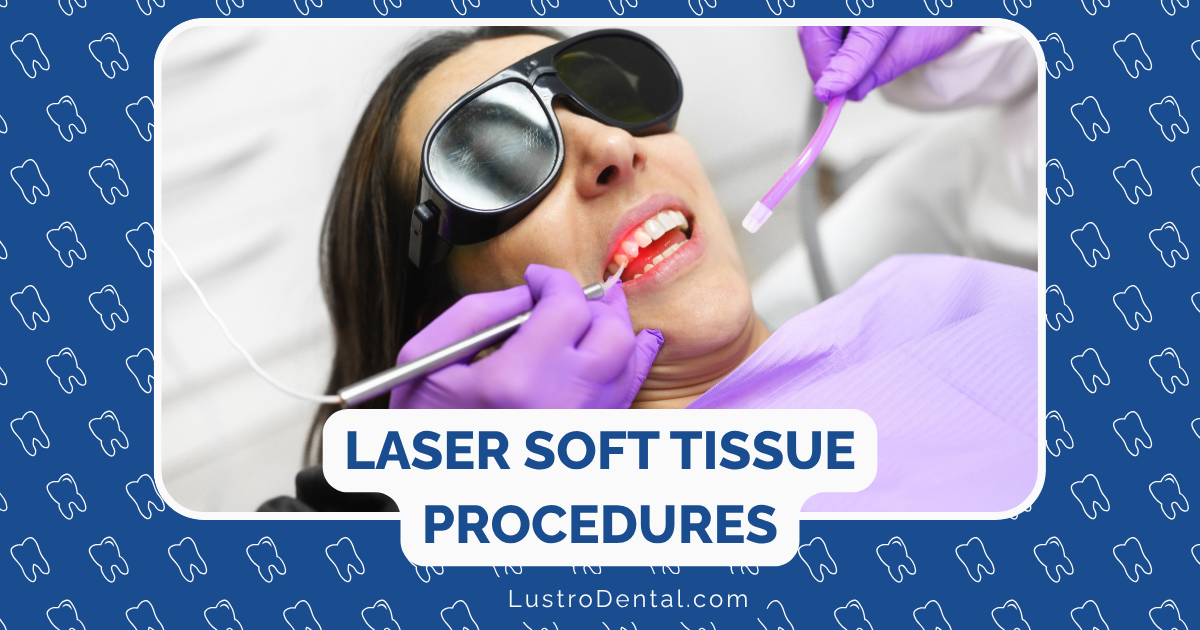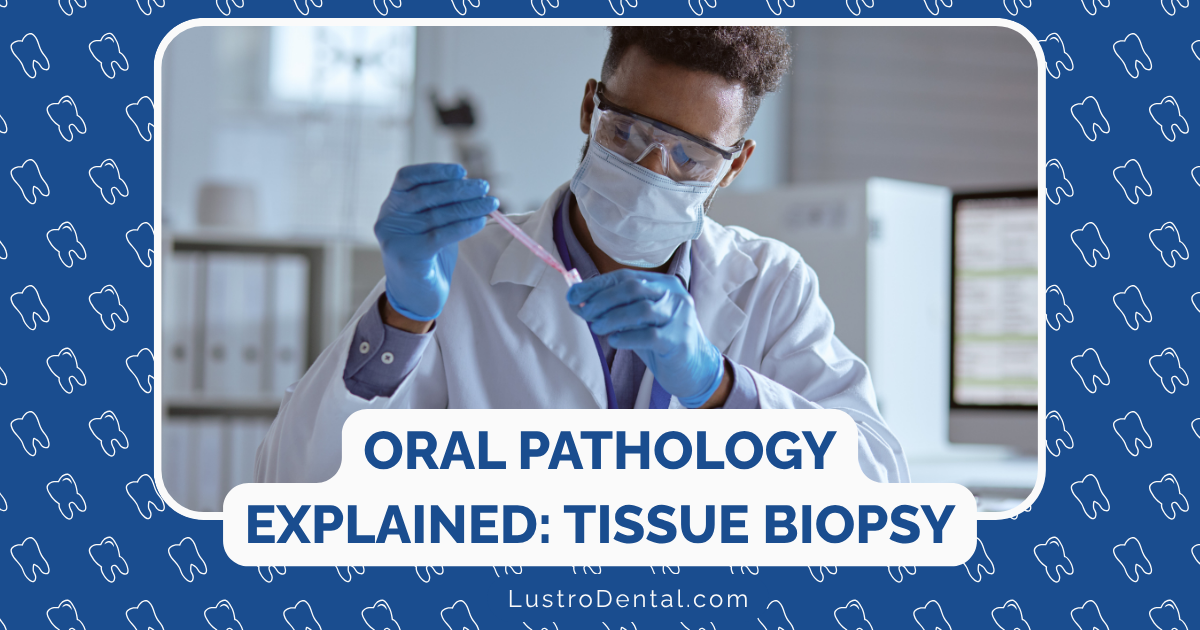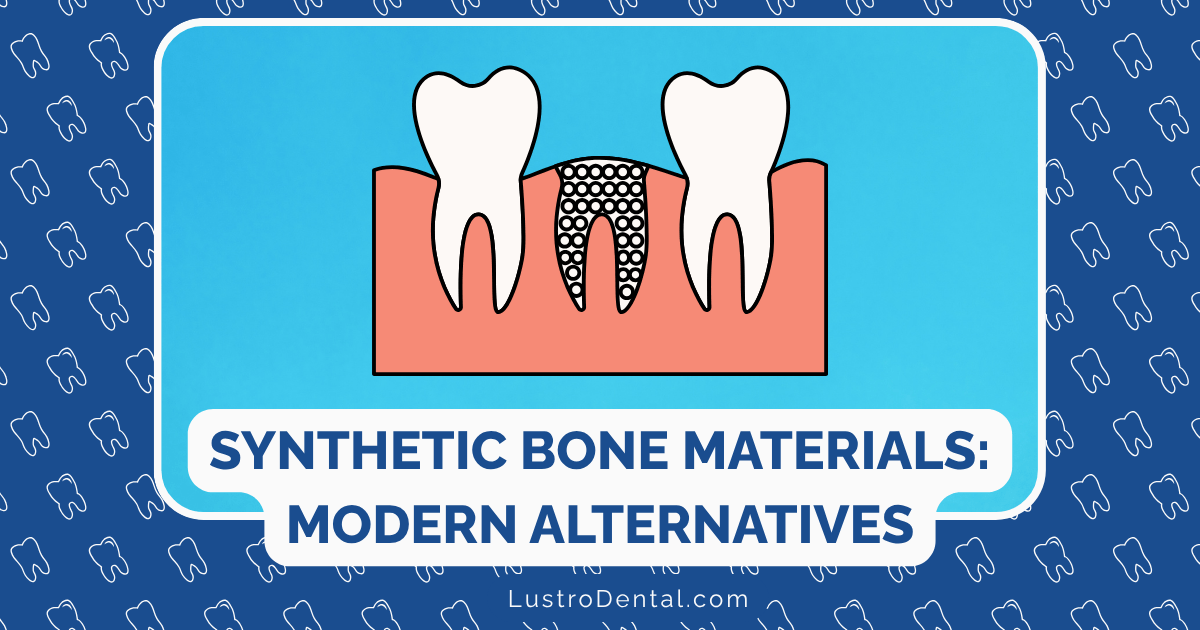Sedation Options for Extractions: Finding the Right Level of Comfort

The thought of a tooth extraction can send waves of anxiety through even the bravest individuals. I’ve seen it countless times—patients gripping the armrests, perspiration on their foreheads, and that unmistakable look of dread in their eyes. If you’re feeling this way, I want you to know something important: modern dentistry offers remarkable options to make your extraction experience comfortable, and in many cases, completely stress-free.
As someone who’s guided many people through dental procedures, I believe that understanding your sedation options is empowering. It transforms the unknown into the manageable and gives you agency in your dental care decisions.
Let’s explore the spectrum of sedation options available for tooth extractions, helping you find the perfect balance of comfort and awareness for your unique needs.
Understanding Dental Anxiety: You’re Not Alone
Before we dive into sedation options, it’s worth acknowledging that dental anxiety is incredibly common. According to the Cleveland Clinic, up to 36% of people experience some level of dental fear, with about 12% suffering from extreme dental anxiety.
This anxiety can stem from various sources:
- Past negative dental experiences
- Fear of pain or injections
- Concerns about loss of control
- Embarrassment about oral health
- Sensitivity to the sounds, smells, or sensations of dental treatment
Recognizing and acknowledging these feelings is the first step toward addressing them. Remember, dental professionals understand these concerns and have developed multiple approaches to help you feel comfortable.
The Sedation Spectrum: Finding Your Comfort Zone
Dental sedation exists on a spectrum, from minimal relaxation to complete unconsciousness. Let’s explore each level to help you understand which might be right for your extraction.
Level 1: Local Anesthesia — The Foundation of Pain Control
What it is: Local anesthesia involves injecting medication (typically lidocaine) directly into the tissue around the extraction site to block pain signals.
What you’ll experience: You’ll remain fully awake and alert, but the area being treated will be completely numb. You’ll feel pressure and movement, but not pain.
Best for: Simple extractions where anxiety is minimal and pain control is the primary concern.
Pros:
- No systemic effects on the body
- No recovery period needed
- Can drive yourself home afterward
- Lowest cost option
Cons:
- Doesn’t address anxiety
- You’re fully aware of the procedure
- The injection itself can cause momentary discomfort
Dr. Sarah Johnson of the American Dental Association notes, “Local anesthesia is the cornerstone of pain management in dentistry and is used in conjunction with all other forms of sedation.”
Level 2: Nitrous Oxide — Taking the Edge Off
What it is: Often called “laughing gas,” nitrous oxide is a mild sedative gas mixed with oxygen and inhaled through a small mask placed over your nose.
What you’ll experience: Within minutes, you’ll feel relaxed, slightly euphoric, and less aware of your surroundings. You’ll remain conscious and able to respond to questions, but less concerned about the procedure.
Best for: Mild to moderate anxiety, especially for simple extractions. Great for patients who want to remain aware but feel more relaxed.
Pros:
- Effects begin and end quickly (within minutes)
- Dentist can adjust the level during treatment
- Can drive yourself home afterward
- Minimal side effects
- Cost-effective ($25-$100 per visit)
Cons:
- May not be sufficient for severe anxiety
- Not ideal for complex or lengthy extractions
- Some people don’t respond well to it
According to the Center for Dental Sedation Education, nitrous oxide is one of the safest forms of sedation, with minimal risk of adverse effects.
Level 3: Oral Conscious Sedation — Deeper Relaxation
What it is: This involves taking a prescribed anti-anxiety medication (typically a benzodiazepine like diazepam or triazolam) before your appointment.
What you’ll experience: You’ll feel deeply relaxed and drowsy but remain conscious. Many patients report feeling like they’re “floating” or dozing intermittently. You’ll be able to respond to commands but may have little to no memory of the procedure afterward.
Best for: Moderate to high anxiety, longer extractions, or multiple extractions in one visit.
Pros:
- Deeper relaxation than nitrous oxide
- No needles required for the sedation itself
- Amnesic effect means you may not remember the procedure
- Less expensive than IV sedation ($150-$500)
Cons:
- Cannot drive for at least 24 hours afterward
- Effects can be unpredictable and vary between patients
- Cannot be easily adjusted during the procedure
- Requires someone to accompany you to and from the appointment
Level 4: Intravenous (IV) Sedation — The Twilight Zone
What it is: Sedative medications are administered directly into your bloodstream through an IV line, usually in your arm or hand.
What you’ll experience: You’ll enter a “twilight state” where you’re on the edge of consciousness—deeply relaxed and largely unaware of your surroundings. You won’t be completely unconscious but will likely have no memory of the procedure.
Best for: High anxiety, complex extractions, multiple extractions, wisdom teeth removal, or patients with strong gag reflexes.
Pros:
- Rapid onset of sedation
- Dentist can adjust the level during treatment
- Profound anxiety relief
- Amnesic effect
- Higher level of comfort for complex procedures
Cons:
- More expensive ($500-$1,500)
- Requires fasting before the procedure
- Cannot drive for at least 24 hours afterward
- Requires someone to accompany you
- May cause temporary low blood pressure
Dr. Michael Wei, a dental anesthesiologist at Bella Vista Dental Care, explains, “IV sedation provides the deepest level of sedation while still maintaining the patient’s ability to breathe independently and respond to stimulation.”
Level 5: General Anesthesia — Complete Unconsciousness
What it is: Medications that render you completely unconscious, typically administered in a hospital setting or specialized dental surgery center.
What you’ll experience: You’ll be completely unconscious and unaware of the procedure, with no memory of the event.
Best for: Extensive oral surgery, severely impacted wisdom teeth, patients with special needs, or extreme dental phobia that cannot be managed with other sedation methods.
Pros:
- Complete unawareness during the procedure
- Ideal for lengthy, complex procedures
- Best option for certain medical conditions
Cons:
- Most expensive option ($800-$3,500)
- Highest risk of complications
- Longest recovery time
- Requires medical evaluation beforehand
- Must be administered by an anesthesiologist or specially trained dental professional
Choosing the Right Option for You: Key Considerations
Several factors should influence your sedation choice:
1. Your Anxiety Level
Be honest with yourself and your dentist about your anxiety level. On a scale of 1-10, where would you place your dental fears? This self-assessment can help guide the conversation about appropriate sedation.
2. The Complexity of Your Extraction
A simple extraction of a fully erupted tooth might require less sedation than removing an impacted wisdom tooth. Your dentist will recommend options based on the technical demands of your specific case.
3. Your Medical History
Certain medical conditions and medications can affect which sedation options are safe for you. Be sure to provide a complete medical history, including:
- Heart or respiratory conditions
- Liver or kidney disease
- Medication allergies
- Current prescriptions, including over-the-counter medications
- Substance use history
- Pregnancy status
4. Past Sedation Experiences
If you’ve had sedation before—dental or otherwise—how did you respond? Some people metabolize sedatives differently, and your past experiences can guide future decisions.
5. Cost and Insurance Considerations
Sedation costs vary widely:
- Local anesthesia: Typically covered by insurance
- Nitrous oxide: $25-$100 per visit (sometimes partially covered)
- Oral sedation: $150-$500 (less commonly covered)
- IV sedation: $500-$1,500 (may be covered for surgical extractions)
- General anesthesia: $800-$3,500 (typically only covered when medically necessary)
According to DentSed, many insurance plans now recognize dental anxiety as a legitimate medical concern and may provide coverage for necessary sedation. Always check with your provider beforehand.
Having the Conversation: Communicating Your Needs
The key to finding your ideal comfort level is open communication with your dental provider. Here are some questions to ask:
- “Based on my anxiety level and the complexity of my extraction, what sedation options would you recommend?”
- “What are your qualifications and experience with providing different types of sedation?”
- “What are the risks specific to my health history?”
- “What will recovery be like with each option?”
- “Does your office offer payment plans for sedation costs not covered by insurance?”
Preparing for Sedation: What to Expect
Once you’ve chosen your sedation approach, proper preparation is essential:
For Nitrous Oxide
- Eat a light meal beforehand
- Arrive a few minutes early to settle in
- No special preparation needed
For Oral Sedation
- Take the medication at the prescribed time (typically 30-60 minutes before the appointment)
- Arrange for someone to drive you to and from the appointment
- Fast for 6 hours before if advised by your dentist
- Wear comfortable, loose-fitting clothing
For IV Sedation or General Anesthesia
- Fast for at least 8 hours before the procedure (no food or liquids)
- Wear short-sleeved, comfortable clothing for IV access
- Remove contact lenses, jewelry, and nail polish
- Arrange for someone to drive you home and stay with you for several hours
- Follow all pre-operative instructions precisely
Recovery: The Post-Sedation Experience
Your recovery will vary based on the type of sedation:
Nitrous Oxide
- Effects wear off within 5-10 minutes
- No lingering sedative effects
- Normal activities can be resumed immediately
Oral Sedation
- Drowsiness may persist for 4-10 hours
- Avoid driving, operating machinery, or making important decisions for 24 hours
- Rest at home for the remainder of the day
IV Sedation
- Grogginess may last 6-12 hours
- May experience temporary amnesia
- Rest for the remainder of the day
- Avoid alcohol and non-prescribed medications for 24 hours
General Anesthesia
- Full recovery may take 24-48 hours
- Follow all post-operative instructions carefully
- Stay hydrated and rest
- Gradual return to normal activities as advised
A Personal Note on Comfort and Care
In my years of working with dental patients, I’ve seen how the right sedation option can transform the extraction experience from one of dread to one of manageable calm. There’s no badge of honor for enduring dental procedures with minimal comfort measures—modern dentistry offers these options precisely because comfort matters.
Your emotional well-being during dental care is just as important as the technical aspects of the procedure. Finding your ideal comfort zone isn’t just about making the extraction easier—it’s about fostering a positive relationship with dental care that will benefit your oral health for years to come.
Have you had an extraction with sedation? What was your experience like? Share your story in the comments below to help others who might be considering their options.







